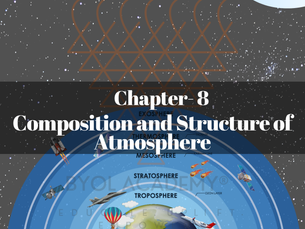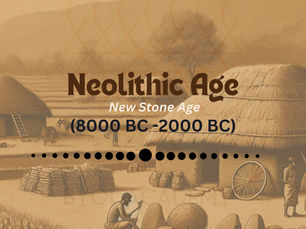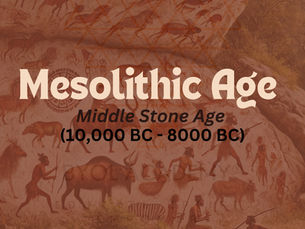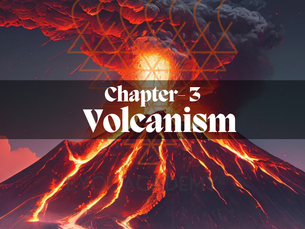top of page

This website was created by Webx.Marketing

UPSC PRE 2025


Composition and Structure of the Atmosphere
Introduction to the Atmosphere The atmosphere is a layer of gases surrounding the Earth, held in place by gravity. It is essential for...

Pratik Garg
Mar 213 min read


Landforms and their Evolution
Introduction The Earth's surface undergoes continuous changes due to geomorphic processes, which result in different landforms. Landforms:...

Pratik Garg
Mar 173 min read


Chalcolithic Age (4000 BC-1500 BC)
Introduction In ancient India, the Chalcolithic Age—also referred to as the Stone-Copper phase —marks a crucial turning point. Both stone...

Nancy Sharma
Mar 172 min read


Geomorphic Processes
1. Introduction to Geomorphic Processes Definition : Geomorphic processes are natural mechanisms that shape the Earth's surface through...

Pratik Garg
Mar 154 min read


Neolithic Age (New Stone Age) (8000 BC- 2000 BC)
Introduction The Neolithic Age, also referred to as the New Stone Age , represented a pivotal period in human history. A...

Nancy Sharma
Mar 153 min read


Amendment of the Indian Constitution
Introduction The Constitution of India provides for its amendment to adapt to changing needs and conditions. However, the amendment...

Muskan Verma
Mar 156 min read


Minerals and Rocks
Minerals are naturally occurring, inorganic solid substances with a definite chemical composition and a crystalline structure. They are...

Pratik Garg
Mar 115 min read


Fundamental Duties
Introduction The Indian Constitution provides for the rights and duties of the citizens of the country. It is a comprehensive document...

Muskan Verma
Mar 115 min read


Mesolithic Age (Middle Stone Age) (10,000 BC-8000 BC)
Introduction The Mesolithic Age, sometimes referred to as the Middle Stone Age, i s an important period of transition between the...

Nancy Sharma
Mar 112 min read


Distribution of Oceans and Continents
Continental Drift Theory Proposed by Alfred Wegener (1912): Suggested that all continents were once part of a single supercontinent...

Pratik Garg
Mar 104 min read


Paleolithic Age in India (2M-10,000 BC)
Introduction The ancient stage of human evolution and technological advancement is the Paleolithic Period, sometimes called the Old Stone...

Nancy Sharma
Mar 103 min read


Directive Principles of State Policy
Introduction The Directive Principles of State Policy (DPSP) , in Part IV (Articles 36-51) of the Constitution, aim to establish social...

Muskan Verma
Mar 108 min read


Volcanism
What is Volcanism? Volcanism refers to the process of magma (molten rock) rising from deep within the Earth and erupting onto the surface...

Pratik Garg
Mar 94 min read


Sources of Prehistoric India
Introduction The lack of written evidence makes reconstructing prehistoric India difficult. A variety of materials, which can be broadly...

Nancy Sharma
Mar 84 min read


Fundamental Rights
Introduction Fundamental Rights are enshrined in Part III (Articles 12–35) of the Constitution and are derived from the Bill of Rights...

Muskan Verma
Mar 818 min read


Citizenship
Introduction Citizenship defines an individual's legal status, rights, and duties within a country. In India, Articles 5-11 of the...

Muskan Verma
Mar 711 min read


Interior of Earth
Table 1: Abundant Elements in the Earth’s Crust Element Percentage by Weight Remarks Oxygen (O) 46.6% Most abundant element in the crust....

Pratik Garg
Mar 74 min read


Periodization of Indian Pre-History
Human civilization in India evolved through distinct prehistoric phases , each marked by advancements in tools, culture, and societal...

Nancy Sharma
Mar 73 min read


Union and Its Territory (Articles 1-4)
Introduction India's territorial context continues to evolve, with the reorganization of Jammu & Kashmir in 2019 being the most recent...

Muskan Verma
Mar 68 min read


Preamble of the Constitution
Introduction The Preamble serves as the introductory statement of the Indian Constitution, reflecting its ideals, philosophy, and...

Muskan Verma
Mar 611 min read
bottom of page

